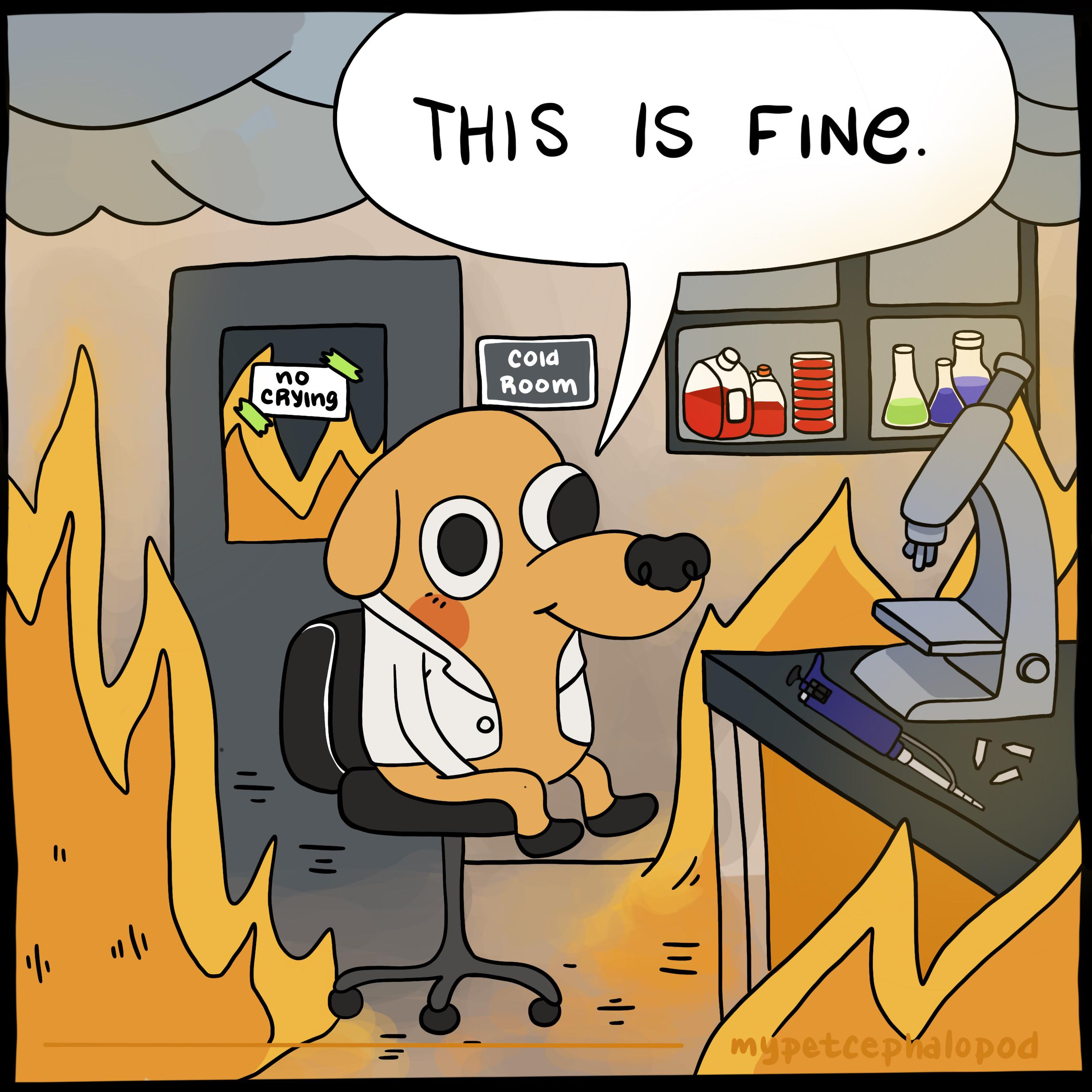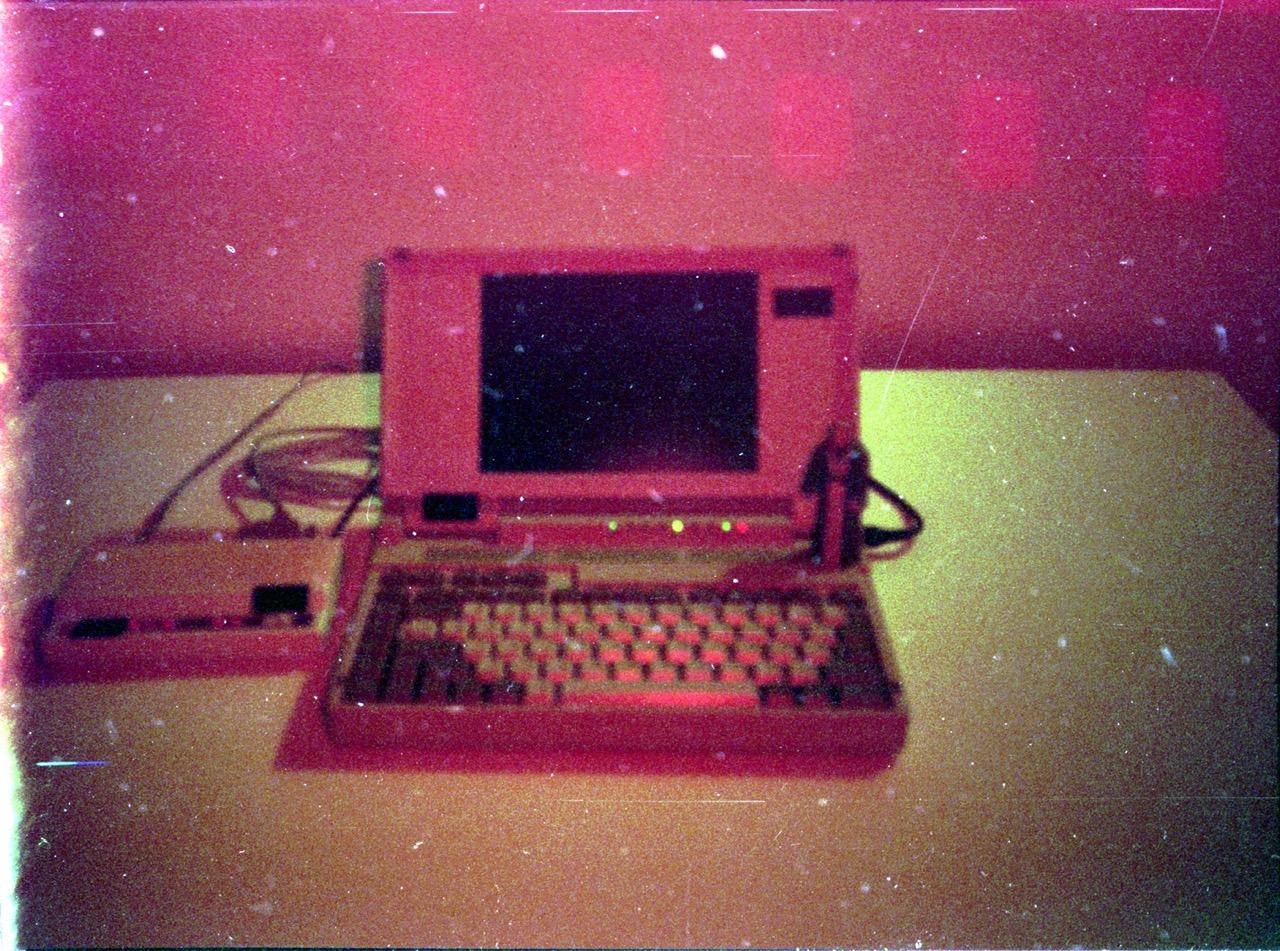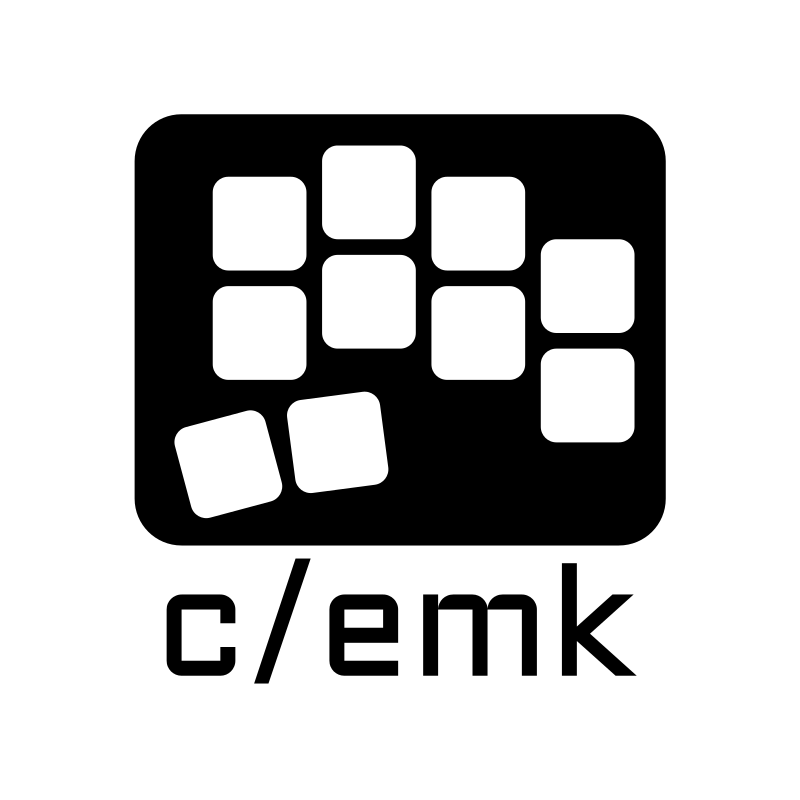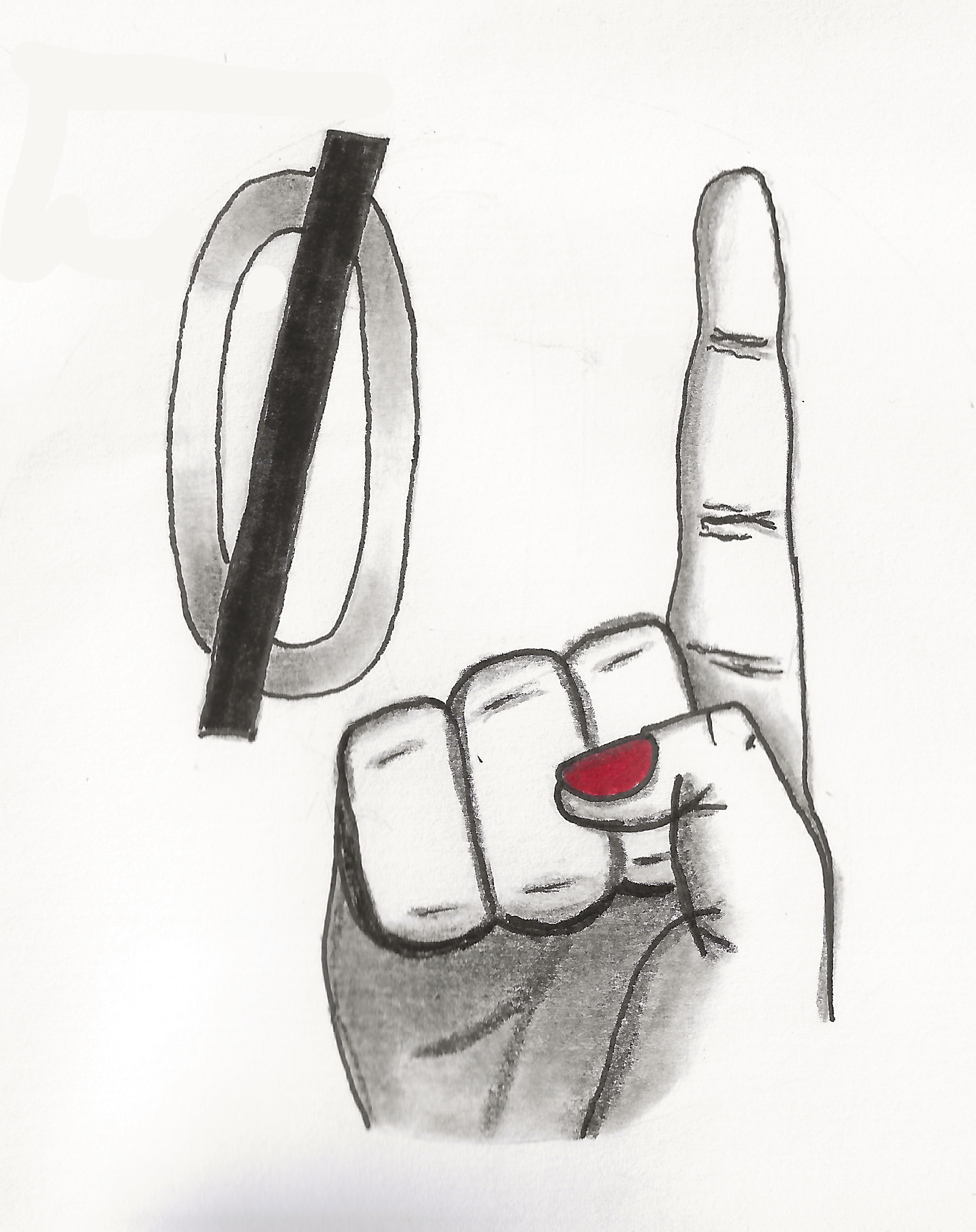

IMO, it is a distinction that is worthwhile. The universe is not anthropocentric. It doesn’t give two shits about humanity (it’s not, to our knowledge even sentient). Humanity is completely insignificant to nearly anything but humans. To me, it puts into perspective that noone and nothing in this indifferent universe is coming to save us from ourselves. It’s up to us.
Life will continue without us, just like it did before us. If the entirety of the world’s nuclear arsenals are used, there’s a good chance that microbes like Deinococus radiodurans will survive to evolve into new forms of complex life. The human species is far more fragile than the planet.




















Nah mate. It would absolutely catastrophic. But the scope of who it would be catastrophic for is limited to the minority of known life. Humanity is insignificant to the universe but significant to us.